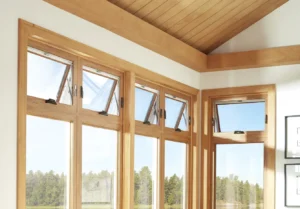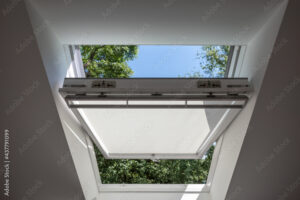When it comes to choosing the right windows for your home, the options can be overwhelming. Two popular choices among homeowners, renovators, DIY enthusiasts, and interior designers are hopper windows and awning windows. Both offer unique benefits and potential drawbacks. In this blog post, we’ll break down the pros and cons of each type to help you make an informed decision.
For Tons of Great Free Information please hit “Like & Subscribe”
Websiteconstructionconsumeradvocacyinstitute.com
Podcastanchor.fm/galloway
www.youtube.com/@ConstructionConsumerAdvocacy
What Are Hopper Windows? 
Hopper windows are hinged at the bottom and open inward from the top. They’re typically used in basements, bathrooms, and other areas where ventilation and security are important.
Pros of Hopper Windows
- Excellent Ventilation: Because hopper windows open wide from the top, they allow for maximum airflow.
- Security: Their inward-opening design makes it difficult for potential intruders to tamper with them.
- Space-Efficient: Hopper windows don’t protrude outward, making them ideal for areas with limited exterior space.
- Weather Protection: When open, the angled design helps shield the interior from rain.
Cons of Hopper Windows
- Limited View: Due to their smaller size and inward-opening mechanism, hopper windows may not offer expansive views.
- Cleaning Difficulty: Because they open inward, cleaning the exterior side of the window can be challenging.
- Less Aesthetic Variety: Hopper windows often come in limited styles and may not suit all home designs.
What Are Awning Windows?
Awning windows are hinged at the top and open outward from the bottom. They are often used in kitchens, bathrooms, and other areas where ventilation and natural light are key considerations.
Pros of Awning Windows
- Optimal Ventilation: Their outward-opening design allows for excellent airflow while keeping out rain.
- Enhanced Views: Awning windows can be larger and offer better views compared to hopper windows.
- Ease of Cleaning: These windows are generally easier to clean from the inside, especially if located on higher floors.
- Versatile Placement: Awning windows can be placed higher on walls, providing privacy while still allowing for ventilation.
Cons of Awning Windows
- Obstruction Risk: When open, awning windows extend outward, which can obstruct pathways or outdoor spaces.
- Installation Costs: Typically, awning windows can be more expensive to install due to their larger size and complex mechanisms.
- Space Requirements: Their outward-opening design may not be suitable for areas with limited exterior space, like narrow walkways.
Which Window Type is Right for You?
Choosing between hopper and awning windows largely depends on your specific needs and the characteristics of the space in which they will be installed. Here are a few considerations to help guide your decision:
- Ventilation Needs: If maximizing ventilation is a priority, both types perform well, but their placement and opening direction might influence your choice.
- Security: Hopper windows are generally more secure due to their inward-opening design.
- View and Light: For homes where views and natural light are important, awning windows might be the better option.
- Space Constraints: Consider the exterior space available. Hopper windows are great for tight spots, whereas awning windows need some clearance.
- Aesthetic Preferences: Evaluate the styles and designs available for each type to ensure they complement your home’s overall look.
Conclusion
Both hopper and awning windows offer unique advantages that can enhance the functionality and aesthetic appeal of your home. By weighing the pros and cons of each type, you can select the window that best meets your needs and preferences.
Ready to update your windows? Our team of experts can help you choose and install the perfect windows for your home. Contact us today to get started!



